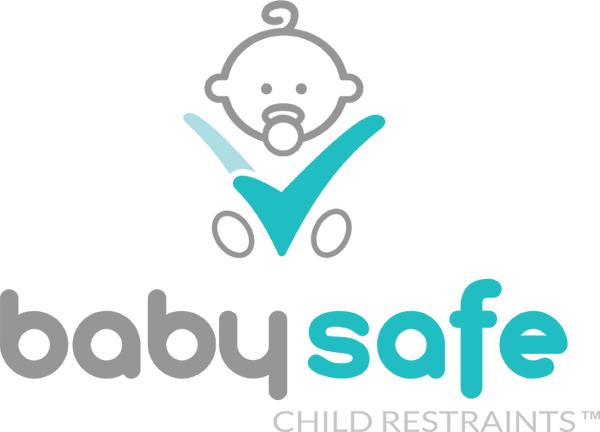FAQ's
WE KNOW YOU HAVE A LOT OF QUESTIONS, WE HAVE SUMMARISED THE MOSTCOMMONLY ASKED ONES BELOW. IF YOU CANT FIND WHAT YOUR LOOKING FOR PLEASE FEEL FREE TO CONTACT US.
FREQUENTLY ASKED QUESTIONS
FAQs
Can I use a secondhand Restraint?
If using a second hand child restraint, it is important to know the history of the restraints. Second hand restraints should not be used if they have been in a car crash. Always check that the straps, webbing and buckles are intact. The restraint should not have cracks. Child restraints should not be used if they are over 10 years old. All child restraints should have the date of manufacture printed on them.
Can I use a child restraint that was purchased overseas?
No. Child restraints purchased overseas do not comply with Australian Standards and they are not compatible with Australia vehicles.
Australian vehicles have a unique top tether strap anchorage system, which only Australian Standard approved child restraints are compatible with.
In addition, the Australian Standard for child restraints is one of the most stringent child restraint standards in the world. Unlike the European Standard, the Australian standard requires all restraints to be tested in side and rear impact tests and some with inverted test for roll-over protection
What if my child is too small or too large for the type of restraint specified for my child's age?
If a child is too small for a restraint specified for their age, they should be kept in a previous level of restraint for as long as necessary.
If a child is too large for a restraint specified for their age, they may move to the next level of restraint.
~ A child aged between six months and four years of age will need to move to the next level of restraint when:
~ Their shoulders no longer fit comfortably within the restraint; or
~ Their eye-level is higher than the back of the restraint; or
~ The top insertion slots for the shoulder straps are below the level of the child’s shoulders.
A child aged between four and seven years of age will need to move to the next level of restraint if:
~ Their shoulders no longer fit comfortably within the restraint; or
~ Their eye-level is higher than the back of the booster seat (when measured perpendicularly from the seat back).
Children should remain in a child restraint for as long as physically possible.
Can I sit my child in the front seat?
This depends on whether there is more than one row of seats in the car and the age of the child.
Where there are two or more rows of seats:
~ A child under four years of age cannot sit in the front row of a car if there is more than one row of seats, even if they are large enough to fit in a booster seat.
~ A child between four years of age and under seven years of age cannot sit in the front row of a vehicle that has more than one row of seats unless the other rows are occupied by younger children in an approved child restraint.
Note: you can only fit a booster seat in the front row of a vehicle if that booster seat does not require a top tether strap.
If the car has one row of seats (for example a single cab ute or sports car with a front anchorage point) a child of any age can sit in the front seat provided they are properly restrained. However, most car manufacturers recommend against the use of rearward facing restraints in front passenger seats.
A child in a rearward facing restraint should not be placed in the front a vehicle where there is an air bag.
At what age should I Rotate my child to forward facing?
With new research proving rearward facing is safer, it has become a BabySafe policy not to rotate any child before 12months of age. With restraints now allowing children to rearward face up to approx. 30months it is important to be sure your restraint is suitable for the extended rearward facing period. A quick and easy way to identify an extended rearward facing restraint is to look for three dotted lines on the side of the restraint as apposed to two. At BabySafe we recommend to keep your child rearward facing till your child is walking and walking confidently. The average age for a rotation nowadays is approx. 15-18months.
Can I use a booster cushion instead of a booster seat?
You may use a booster cushion if it complies with Australian Standards. It is recommended that booster seats with high back and side wings be used wherever possible as they provide a higher level of safety in some types of crashes.
Who is responsible for ensuring a child is restrained in an approved restraint?
The driver of the Motor vehicle is responsible for ensuring all children aged under 7 yrs of age are restrained in appropriate, standards approved restraints.
Penalties apply for failing to ensure all children are appropriate restrained are: $253 and three demerit points (six demerit points during double demerit point periods) for each unrestrained or incorrectly restrained child.
If I have four children under seven years of age can I carry them in my car?
This will depend on the age of your children and the size of your car as well as the type of your child restraint and booster seats you have.
If you have a standard sedan with two rows of seats you should be able to accommodate three child restraints in the second row and carry one child aged over four years of age in the front row.
